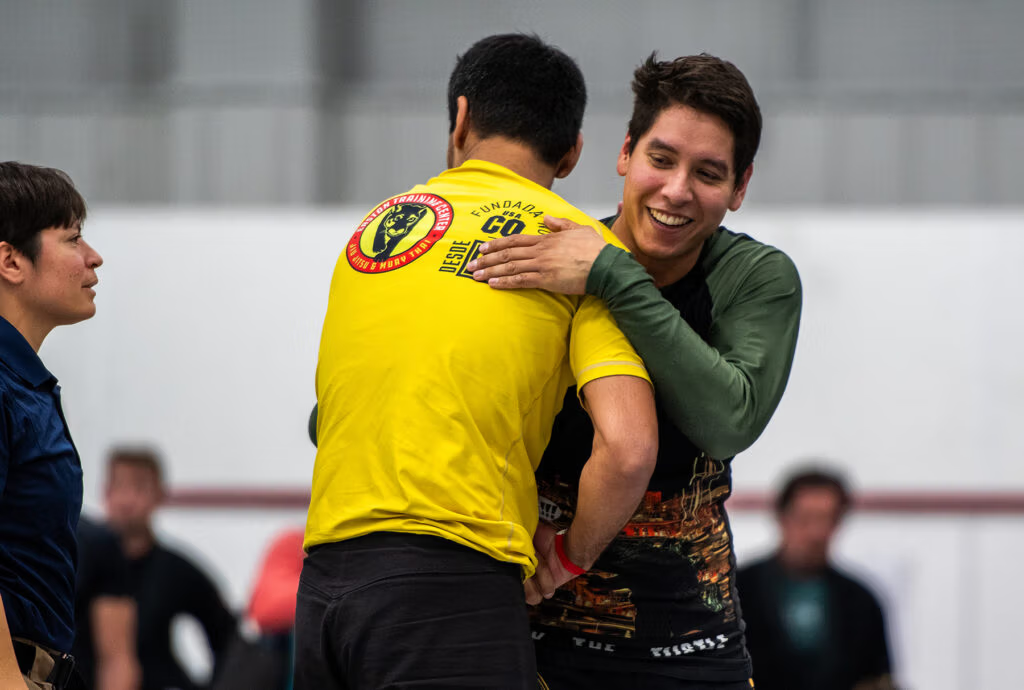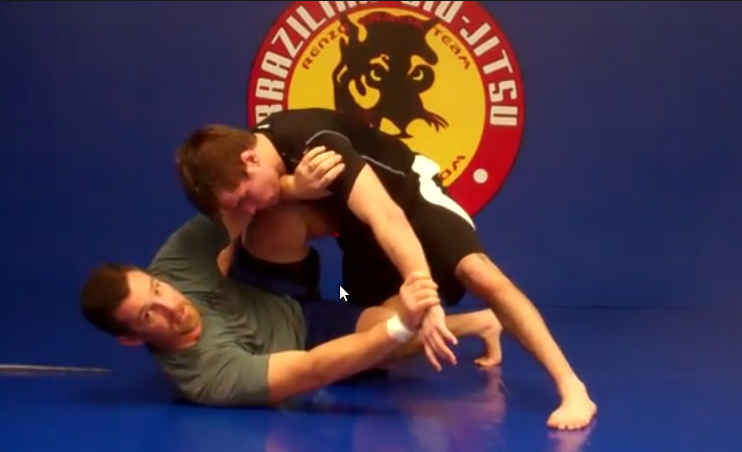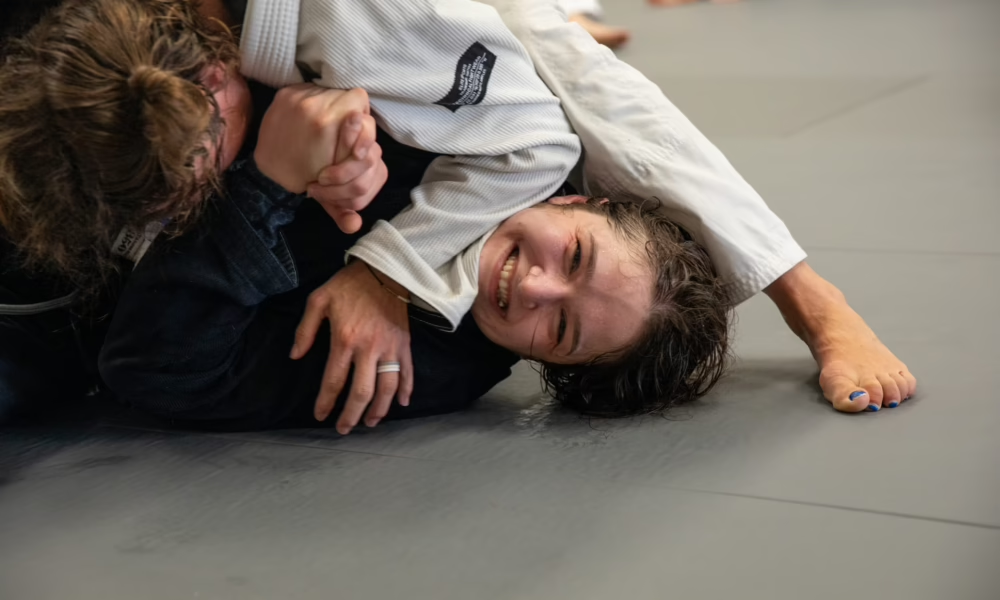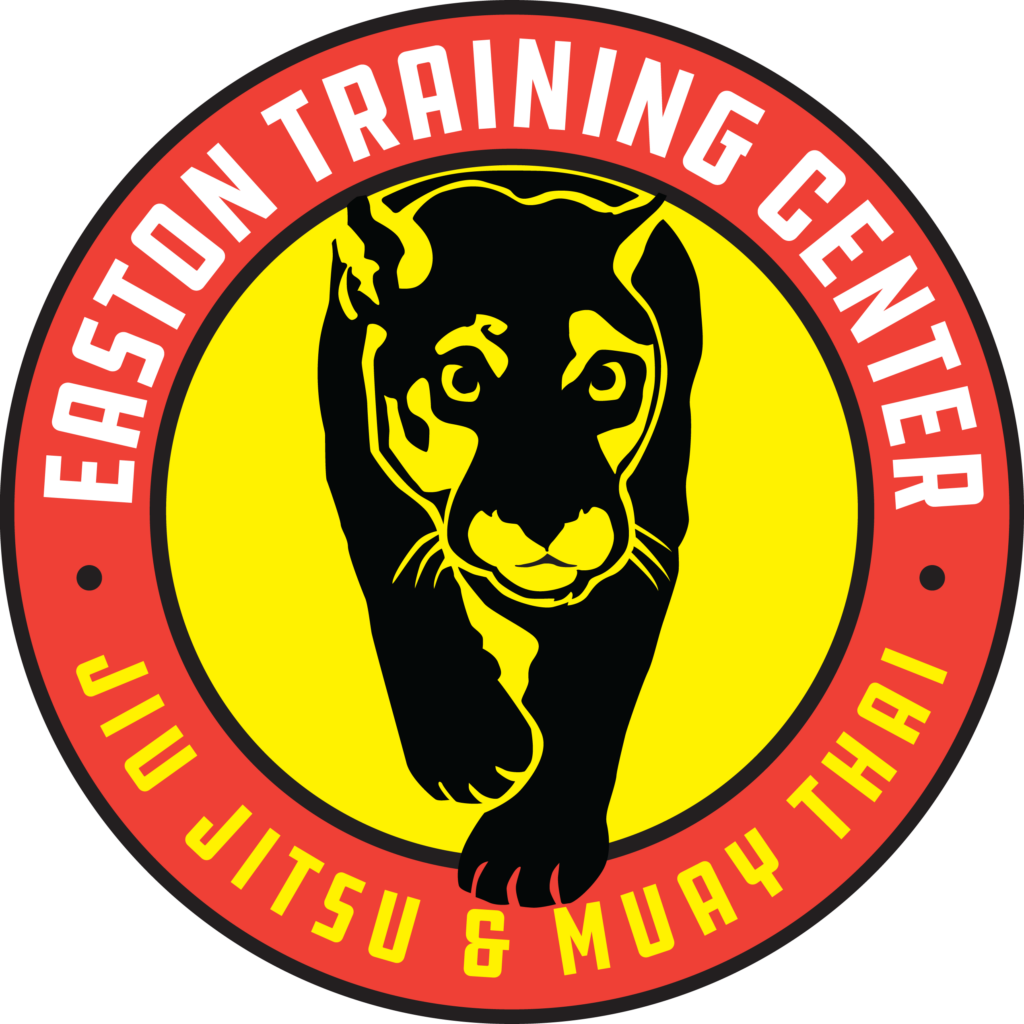by Prof. Foster Bailey
Framing and the 3 Little Pigs
I like to think of framing as the architecture of Jiu Jitsu. Framing means you are building specific structures with your arms and legs in response to different threats in order to control distance and recover guard or to set up sweeps and attacks. Although each set of frames is a little different, there are elements that they all have in common. Identifying and understanding these common elements allow you to become better at creating frames as well as allowing you to become better at breaking through your opponents frames. Connecting knee to elbow and getting to your side versus staying flat on your back are examples of these common elements. Framing allows you to create distance between yourself and your opponent, enabling you to recover position when your guard has been compromised.
Solid frames are one of the cornerstones of good Jiu Jitsu. Different levels of BJJ players tend to construct different levels of frames. From weak and poorly built, to strong and well crafted, they are like the houses in the story the Three Little Pigs. Some are made of straw and although they sort of look like real frames, they tend to fall apart when pressure is applied to them. These are the kind of frames that are typically found at a beginner level, from white belt into blue belt. The middle level of framing is the house made of sticks. These frames hold up under light pressure, but light pressure only. Under heavy pressure they collapse. This type of framing is common at the higher levels of blue belt and at purple belt. Finally there are the strongest frames, the ones that are like the house made of bricks. These are very well constructed frames that can withstand the strongest attacks without collapsing. These are the kinds of frames that are the bread and butter of good brown belts and black belts. If you’ve ever trained with a higher belt and been amazed by how easily they recovered guard despite your attack, it was probably their framing that you were experiencing.
Like everything else in Jiu Jitsu, framing has to be practiced with focus and patience in order for it to become second nature. If you want your Jiu Jitsu to be based upon solid architecture, you should give as much thought to improving your framing as you do to learning new sweeps and submissions. It always pays dividends and will help to take your BJJ to the next level in short order. It might not be the flashiest part of Jiu Jitsu, but I believe it is one of the most important.
Tips and Tricks
- Don’t allow your opponent to put a leash on you. From the bottom of side control or half guard you can’t allow your opponents lead hand to reach your head/neck/collar. If your opponent is on your right side, controlling their left hand is your number one priority. If they get this leash on you, they can quickly develop significant control and pressure. Without it, their ability to control and create pressure is greatly diminished. As an example, it is nearly impossible to dominate side control from the top without a controlling grip with your lead arm.
Check out the video - You have to get off your back and on to your side. Imagine that you are wearing a Velcro gi and you are on a Velcro floor. Would you have a greater ability to move lying flat on your back or on your side where you have less surface area making contact? On your side of course.
Check out the video - Always reach with your top hand for your opponents opposite shoulder. This allows you to create a wedge shape with your upper body, which in turn allows you to resist being driven flat onto your back. If you frame off of the near shoulder, you make it easy for your opponent to flatten you out and control you.
Check out the video - Connect your knee to your elbow. This can’t be stressed enough. When you connect your knee to your elbow, you are forming a triangle from your hip to your shoulder to your knee/elbow. A triangle is the strongest shape you can make with your bones. When that triangle is properly angled towards your opponents torso and supported by your hands and feet, it can support a great deal of weight and make it very difficult if not impossible for your opponent to penetrate your defenses.
Check out the video - Keep your hips aimed at your opponent. While there are exceptions to every rule, one of the main principles in Jiu Jitsu is that you have to have your hips facing your opponent in order to attack or to defend. When I am passing or attacking, I am frequently trying to make my opponents hips turn away from me. When I am defending, I am working hard to make sure my hips stay aimed at my opponent. If I let that angle slip for even a moment, I give them an opportunity to pass or to improve their position.
Check out the video









